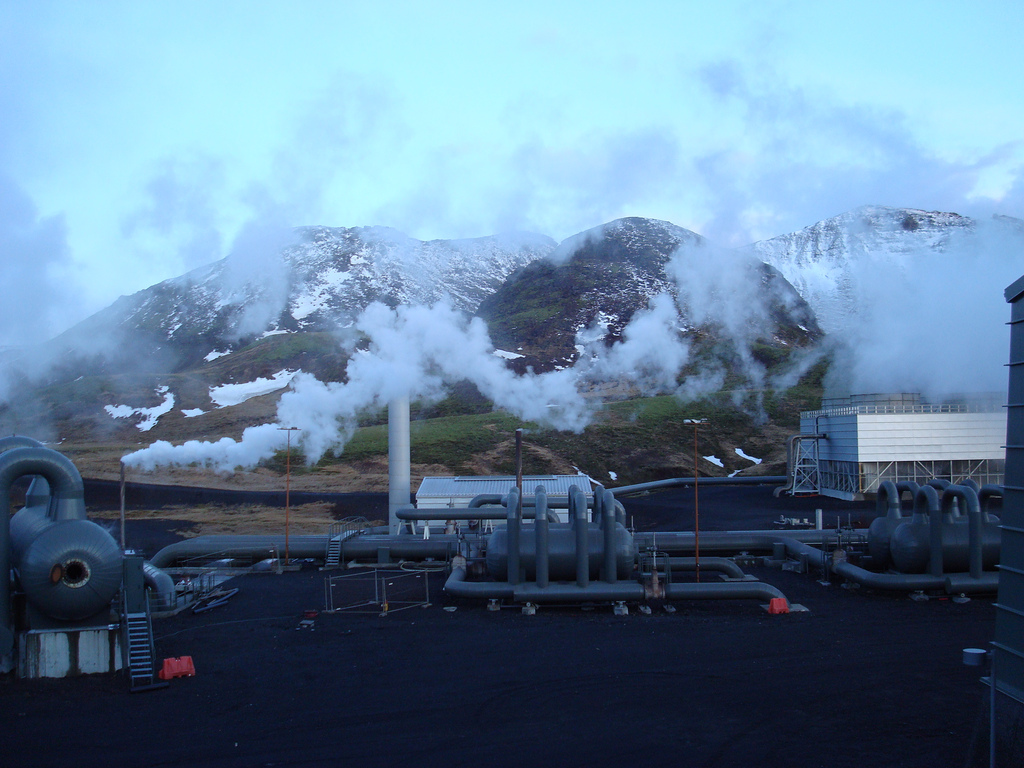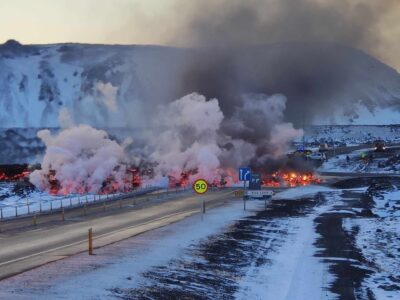CCS and geothermal could benefit from each other despite some competition
While there is a potential competition of CCS and geothermal energy for funding and suitable geological sites, the two technologies could be combined to the benefit of both, so Frank Schilling of the Karlsruhe Institute of Technology in Germany.
A recent article discusses the potential competition of carbon capture and sequestration (CCS) and geothermal energy. The article mentions that both could compete not only for financing but also for suitable geological sites.
“Frank Schilling of the Karlsruhe Institute of Technology, Germany believes there’s a solution; he reckons that the two technologies could be combined to the benefit of both.
“Our storage capacity is limited so we must use the resource wisely,” he told the press at the EGU Assembly in Vienna.
Not only could the two technologies share expertise in drilling technology and reservoir management, he believes, but geothermal could enhance the storage potential of CCS. A typical geothermal energy system removes hot water (around 40 degrees C or higher) from thermal aquifers around 1000 m below the ground, extracts the heat and returns cold water to the depths.
Since this cold water is denser than the hot water it’s replacing, it potentially provides more pore space for storing carbon dioxide. In turn the addition of carbon dioxide could prevent any problems for the sub-surface caused by the introduction of negative pressure.
For geological formations where there are multiple barriers at different depths, an alternative combined system could see hot water removed from the thermal aquifer and carbon dioxide pumped in. Following heat extraction, the cold water could be returned to a higher level – the resulting negative pressure gradient would make leakage of carbon dioxide from below less likely. According to Schilling, halving the effective pressure on the caprock doubles the security of the system or doubles the storage space.”
Source: Environmental Research Web


















